In the oral care industry, user experience is as important as technical effectiveness. However, a frequent concern voiced by whitening tray users is Tray Discomfort that unexpectedly results in Mouth Ulcers. Is this just a coincidence—or does the design and material of the tray play a direct role in oral tissue irritation? For manufacturers, understanding this potential link is crucial to ensure product safety, comfort, and market competitiveness.
The root cause of Tray Discomfort often lies in poor ergonomic design or unsuitable material selection. Ill-fitting trays—whether too tight, loose, or uneven—create friction against the delicate mucosal lining of the cheeks and gums. This constant mechanical irritation can weaken tissue resilience, paving the way for micro-abrasions that evolve into Mouth Ulcers.
For B2B producers, tray customization is no longer optional; it is a key value proposition demanded by dental professionals and end users alike.Company web:https://www.powsmart.com/product/electric-toothbrush/
Another critical factor is tray material. Excessively rigid plastics may press sharply against soft tissues, while trays made from overly soft materials may collapse, leading to instability and chafing. Both extremes can increase Tray Discomfort and elevate the chance of Mouth Ulcers formation.
Material selection must balance:
A neglected but impactful design flaw is improper tray sealing. Loose-fitting trays can cause excessive saliva pooling, which promotes bacterial growth in micro-lesions created by Tray Discomfort. Bacteria and enzymes in saliva aggravate minor injuries, accelerating the development of Mouth Ulcers.
Manufacturers should prioritize precision-molded trays to minimize leakage and saliva buildup.
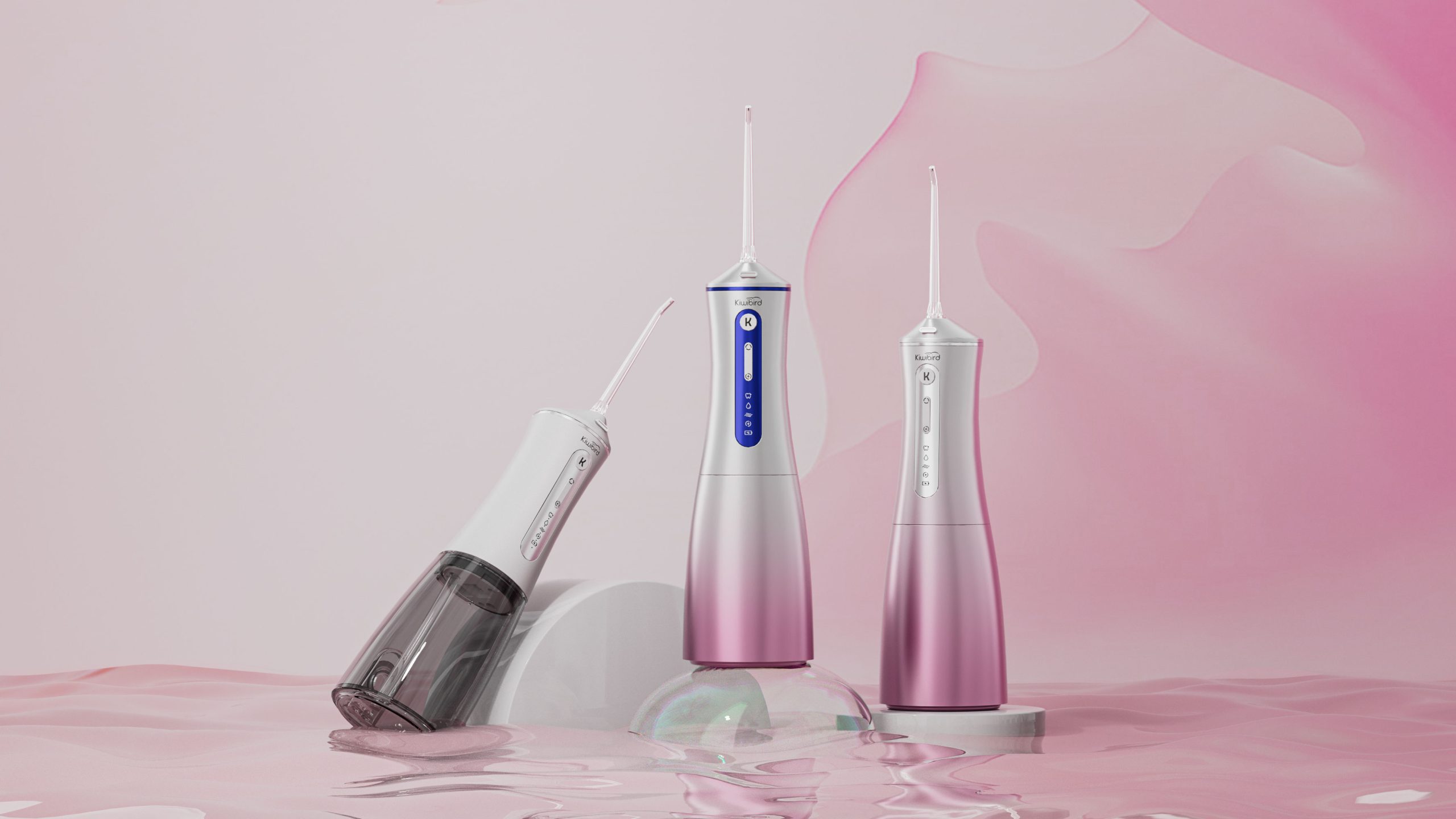
Improperly designed trays often fail to control whitening gel flow. Overflowing gels can spread onto the gums and cheeks, delivering peroxide agents directly to sensitive soft tissue. This chemical exposure, when combined with Tray Discomfort, dramatically raises the risk of Mouth Ulcers, creating a double source of irritation—mechanical and chemical.
Designs that feature built-in gel barriers or controlled application reservoirs can reduce this hazard.
While manufacturers cannot fully control how consumers use trays, they bear responsibility for user guidance. Incomplete or unclear instructions may lead users to over-tighten trays or overfill them with gel, increasing Tray Discomfort and ulcer risk. Providing comprehensive usage guidelines—including wearing time, gel quantity, and fitting technique—can greatly reduce these issues.
Illustrated manuals and video tutorials are becoming essential tools in the B2B whitening products market.
Minimizing Tray Discomfort and preventing Mouth Ulcers offers brands a market edge. Innovations like 3D scanning for custom tray molding, medical-grade silicone usage, and adaptive fit designs are differentiators that reduce oral injury complaints.
Furthermore, investment in post-use soothing gels or anti-inflammatory agents can enhance product value and user satisfaction.
In conclusion, the link between Tray Discomfort and Mouth Ulcers is not mere coincidence; it is a direct result of design, material, and instruction flaws that manufacturers can address. B2B brands that proactively solve these issues will not only protect their customers but also strengthen market trust and product reputation.
In the competitive field of oral care device manufacturing, comfort and safety are no longer secondary—they are the foundation of long-term success. Contact us
Allergic Reactions and Taste Alteration – Whitening’s Hidden Cost?
Can You Tolerate Brush Head Wobble with Battery Swelling?
.jpg)
Ultraviolet sterilizing oral irrigator: Becoming the New Market Favorite?
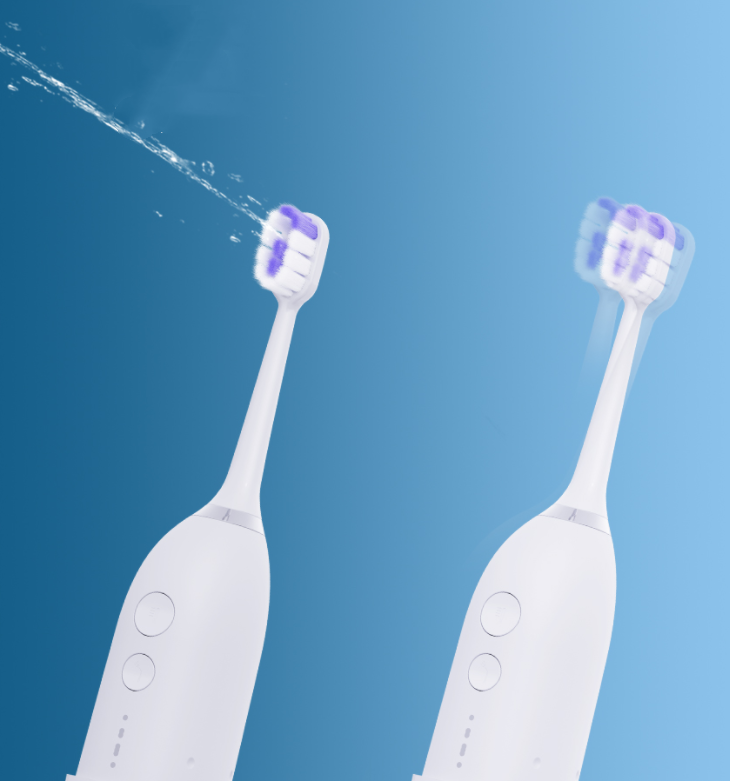
Water Flosser Toothbrush Combo: 2-in-1 Oral Care Solution
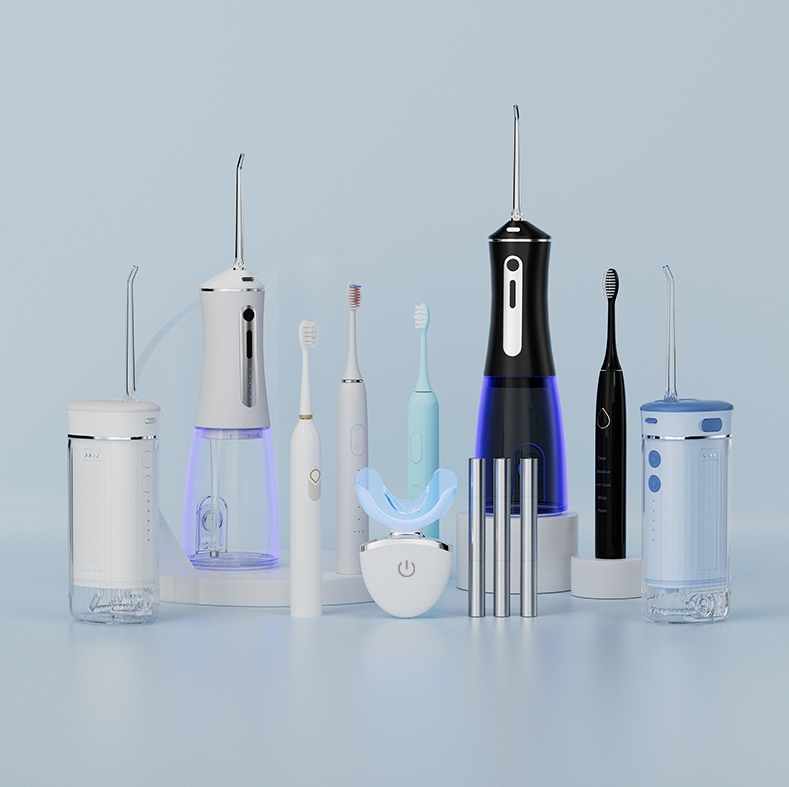
How Can Oral Care Brands Enhance User Confidence Through Product Upgrades and Expansion?
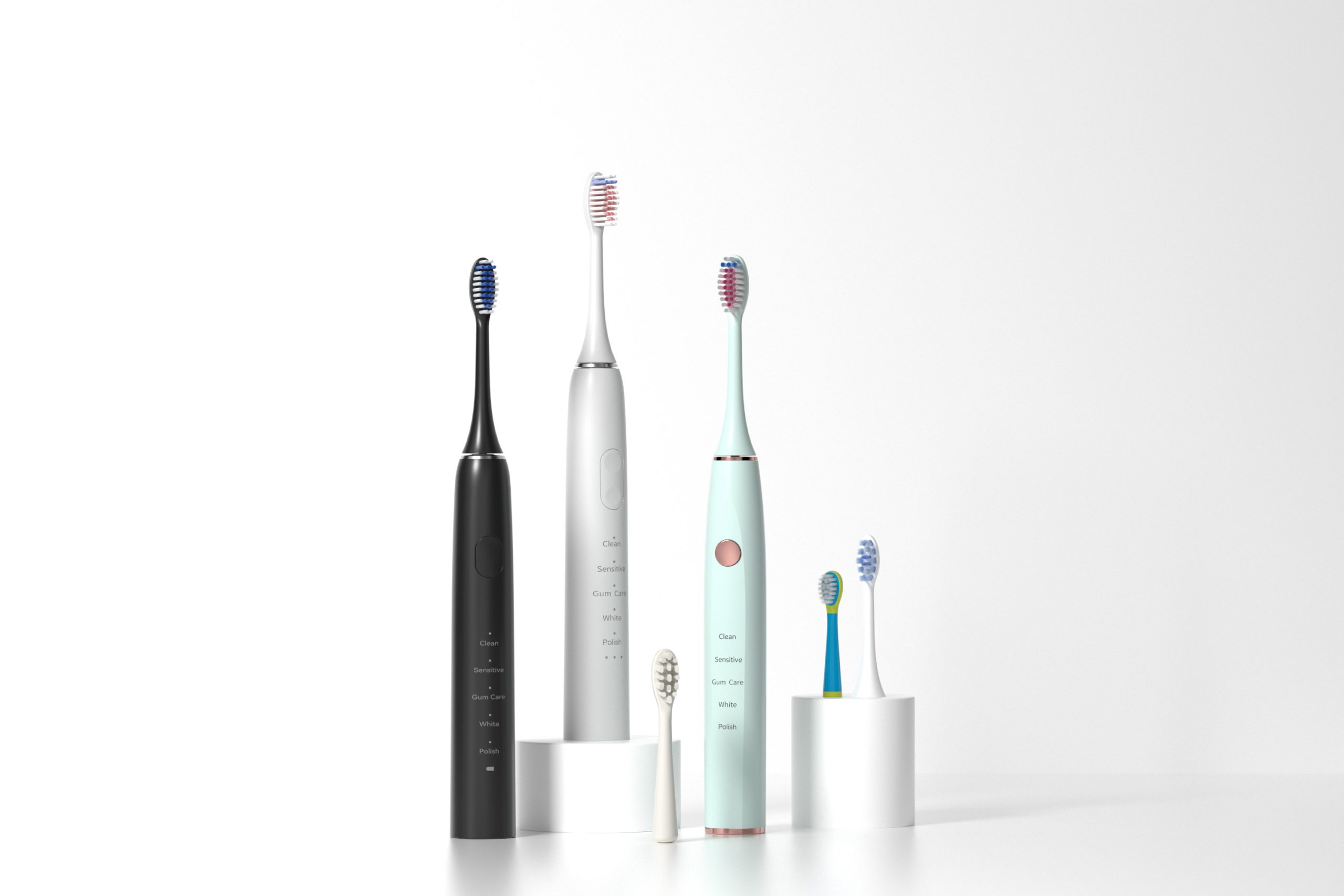
All-in-One Family Toothbrush Solution

IPX7 Waterproof Electric Toothbrush Manufacturing for Kids & Adults
Contact POWSMART

Best Electric Toothbrush for Baby Teeth Protection – OEM Services
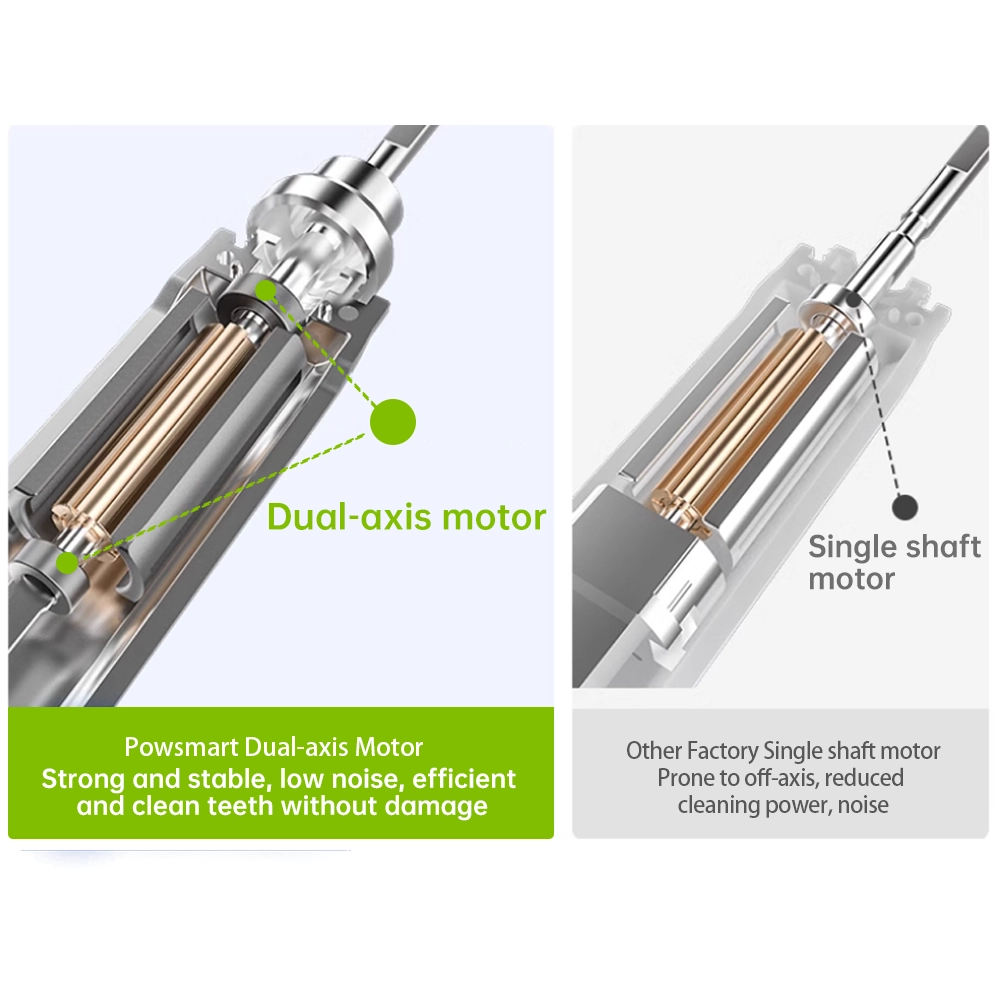
Magnetic Levitation Motor Toothbrush Technology Explained
.jpg)
Custom Children’s Electric Toothbrush Design – Soft Bristles & Food-Grade Silicone
Can Smart Timer Improve Brushing Compliance?

Four Core Factors Brand Owners Must Pay Attention to When Choosing Competitive Water Flossers
Gel Leakage Causing Chemical Burns – Still Ignoring It?
Motor Overheating alongside Device Overheating – Double Danger?
1-scaled.jpg)
How Can Brand Owners Partner with Reliable Teeth Whitening Device Factories to Create Differentiated Products?

electric toothbrush heads Ultra Soft

Private Label Whitening Gel

Customization Teeth Whitening Gel
.jpg)
Florida Electric Toothbrush – Powsmart PTR-C8

Electric toothbrush heads Charcoal Infused-Diamond

electric toothbrush heads Deep Clean

electric toothbrush heads Charcoal Infuse-Round

electric toothbrush heads Regular Clean
whstapp
whstapp
National Toll-Free Service Hotline
+86 755 86238638